Day 10: Meeting Saba, The Unspoiled Queen -- Sailing From Eustatius To Saba
There is definitely a Princess at the top of that island. Saba island — the unspoiled Queen - and our favorite island of the whole trip.
Day 10: Meeting The Unspoiled Queen - Saba Island. (There’s Definitely A Princess Up There.)
4:45 AM We released our mooring ball and started our sail to Saba. I had a ton of fun taking moonlit pictures of the oil tankers anchored in the outskirts of Statia’s port. After a smaller sail ( I think it was around 3-ish hours) we made it over to Saba.
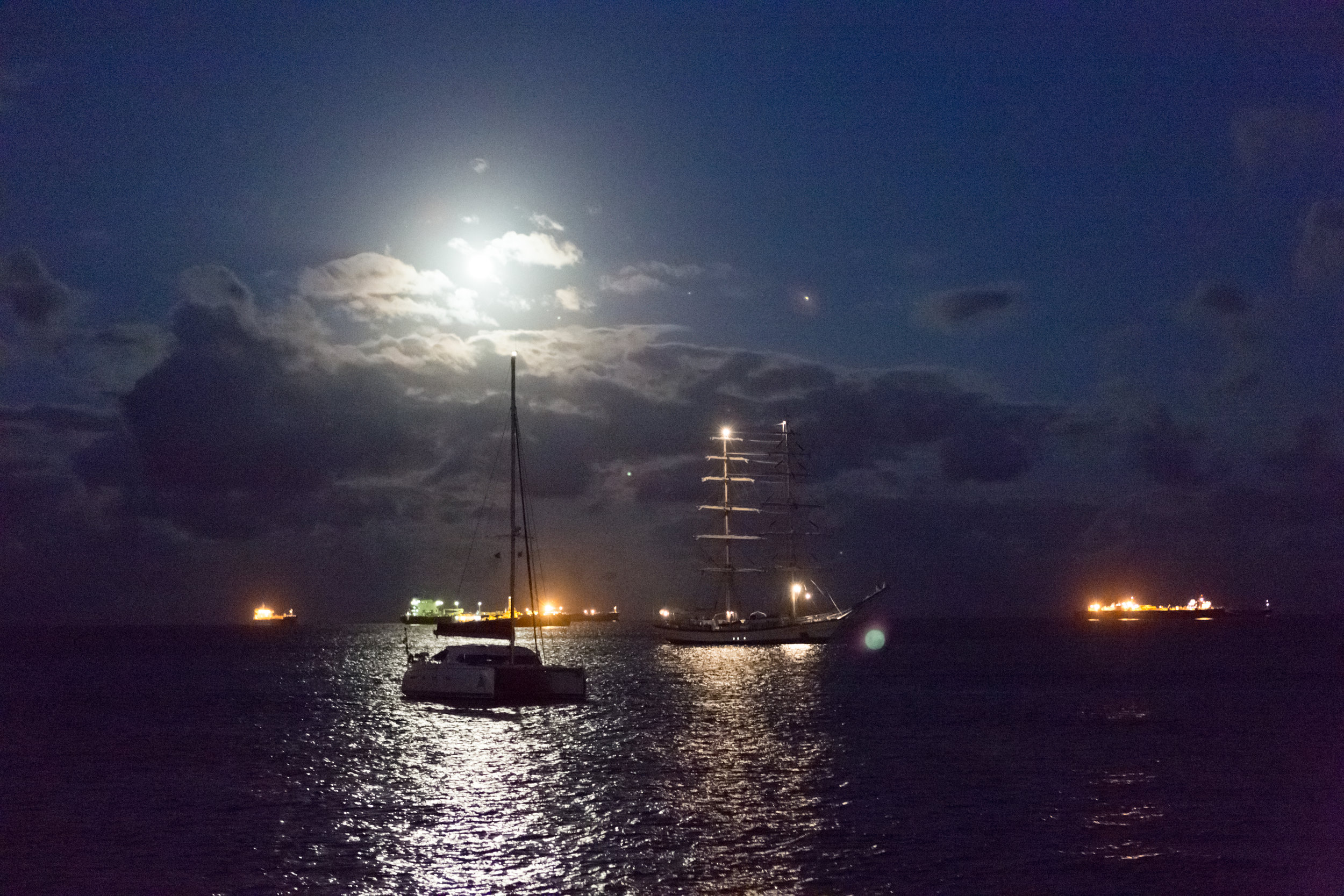
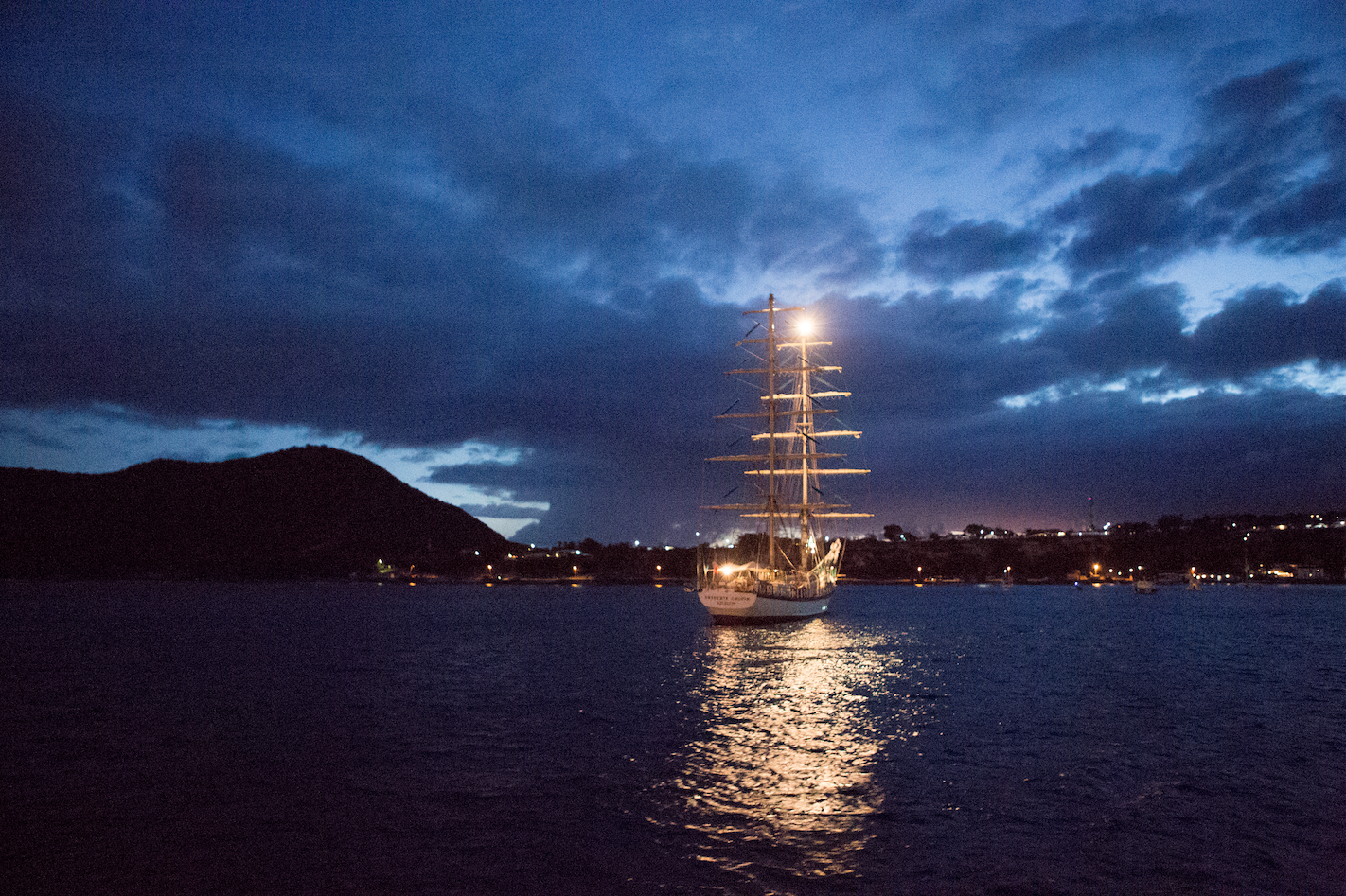

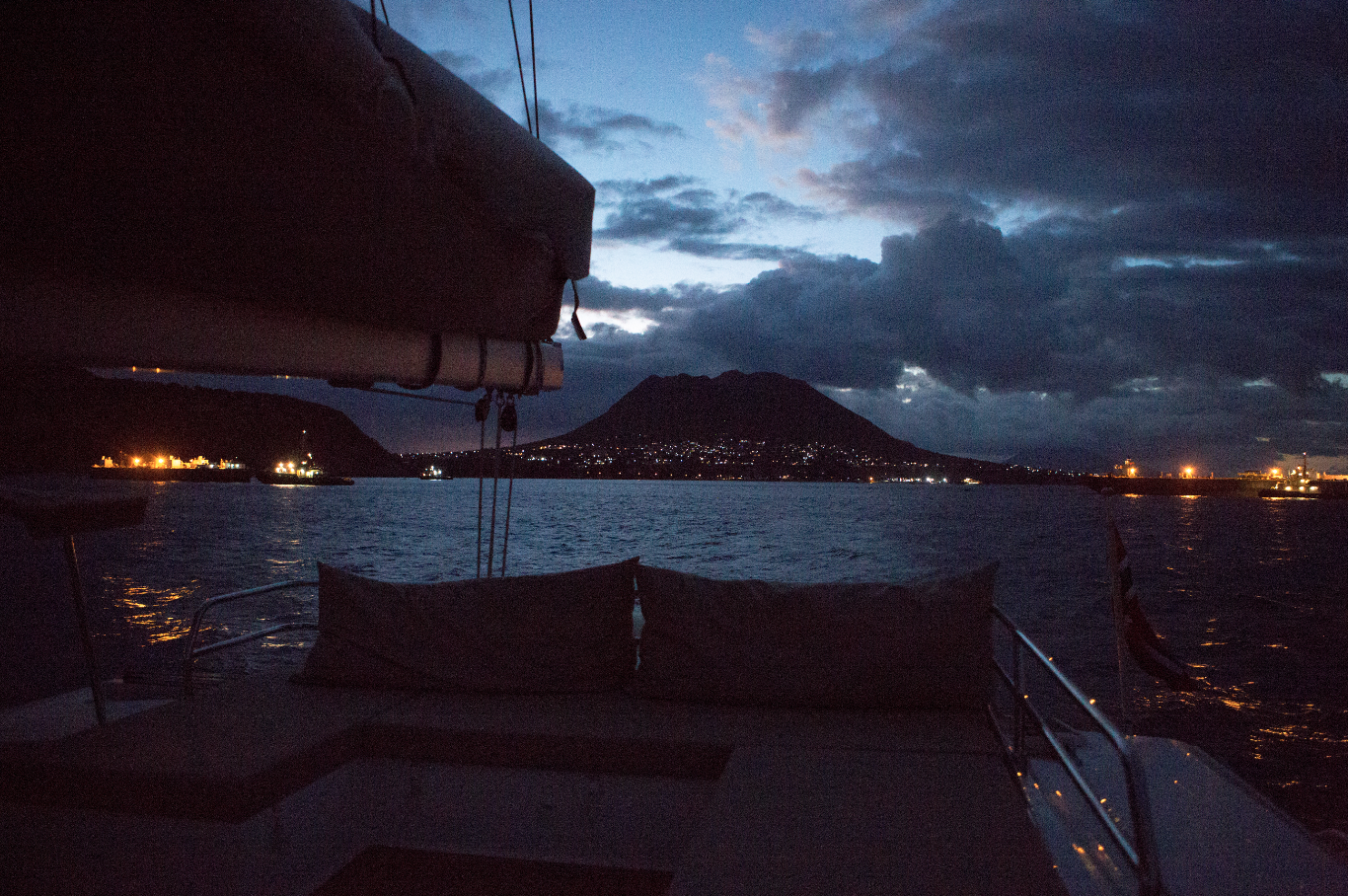
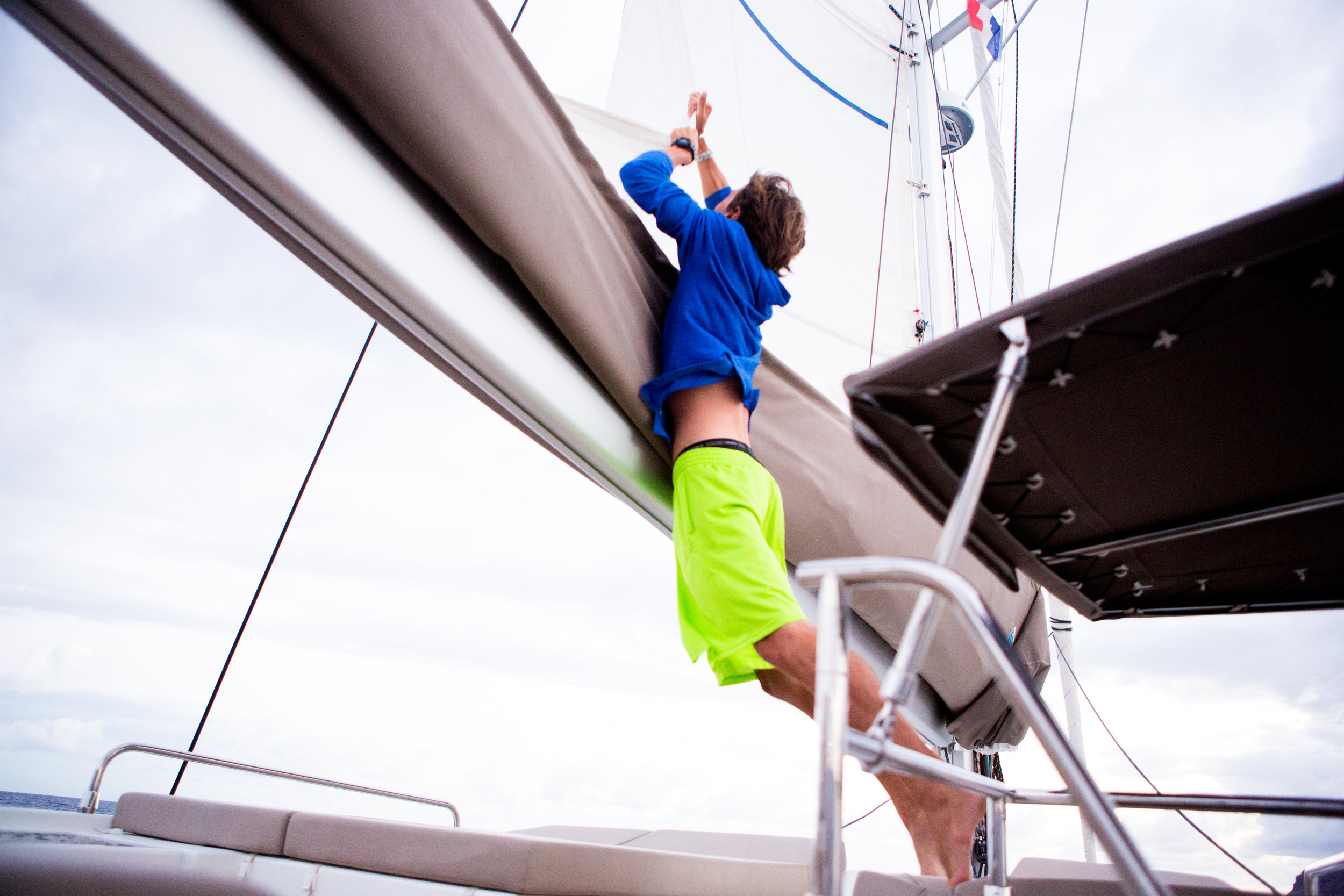
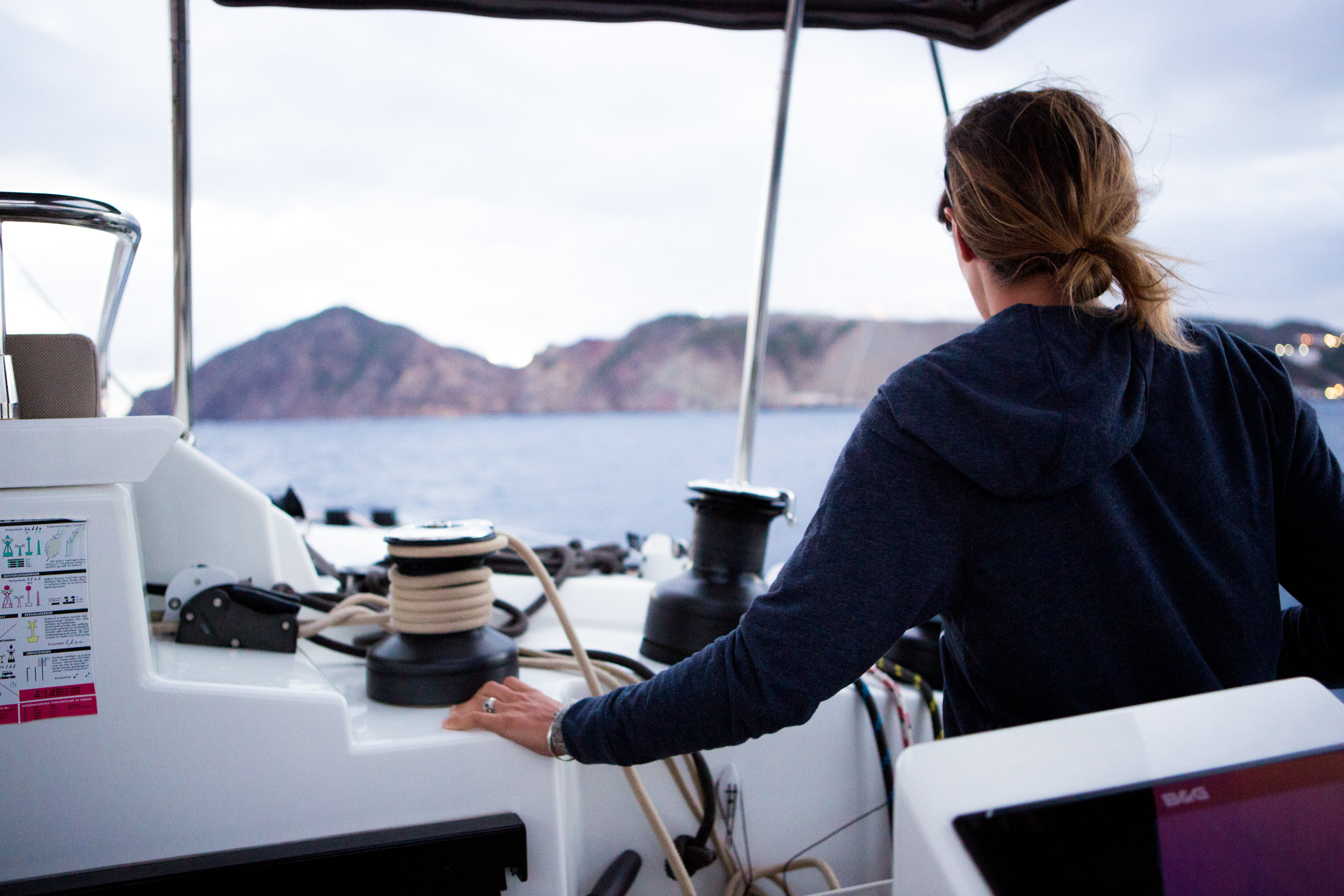
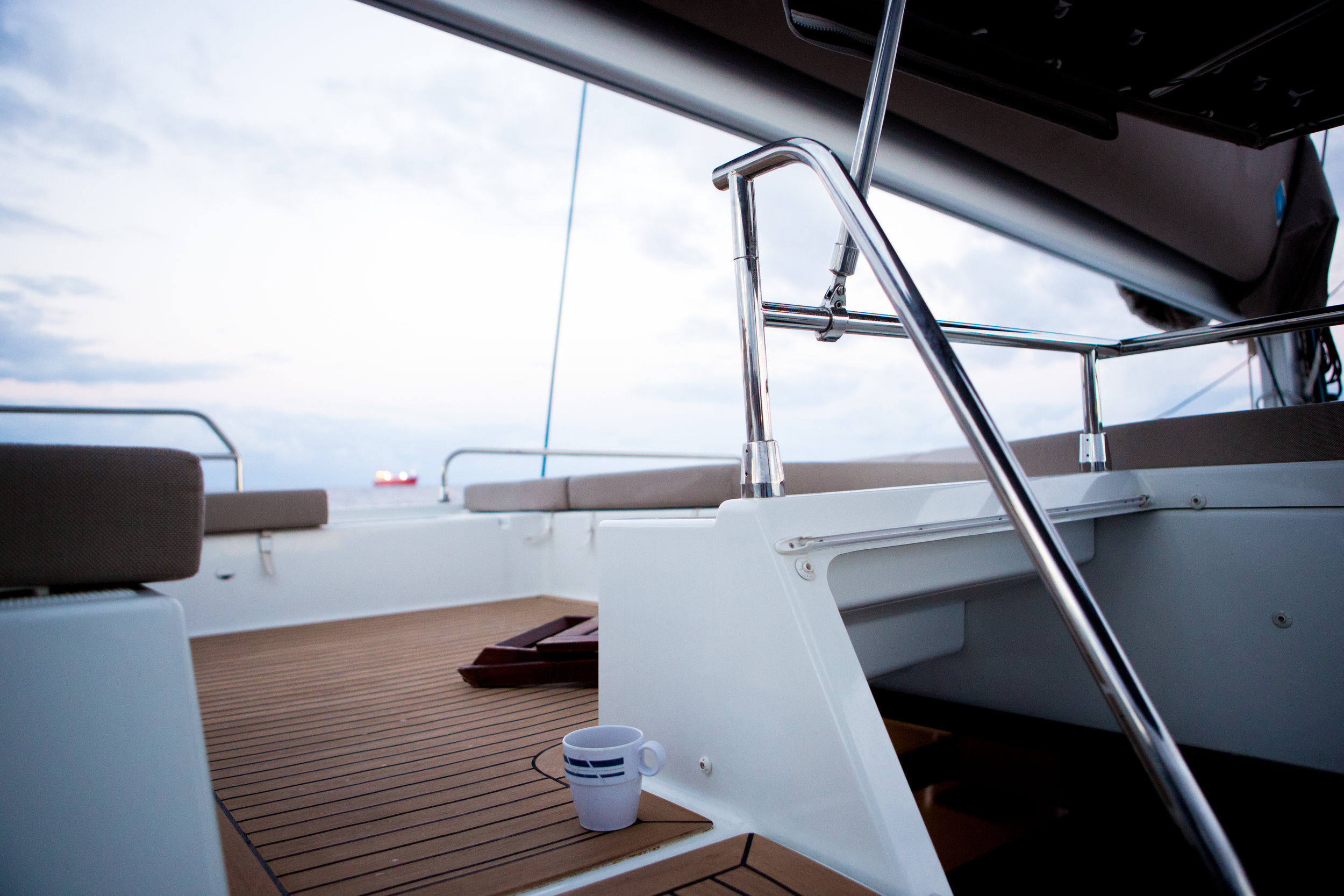
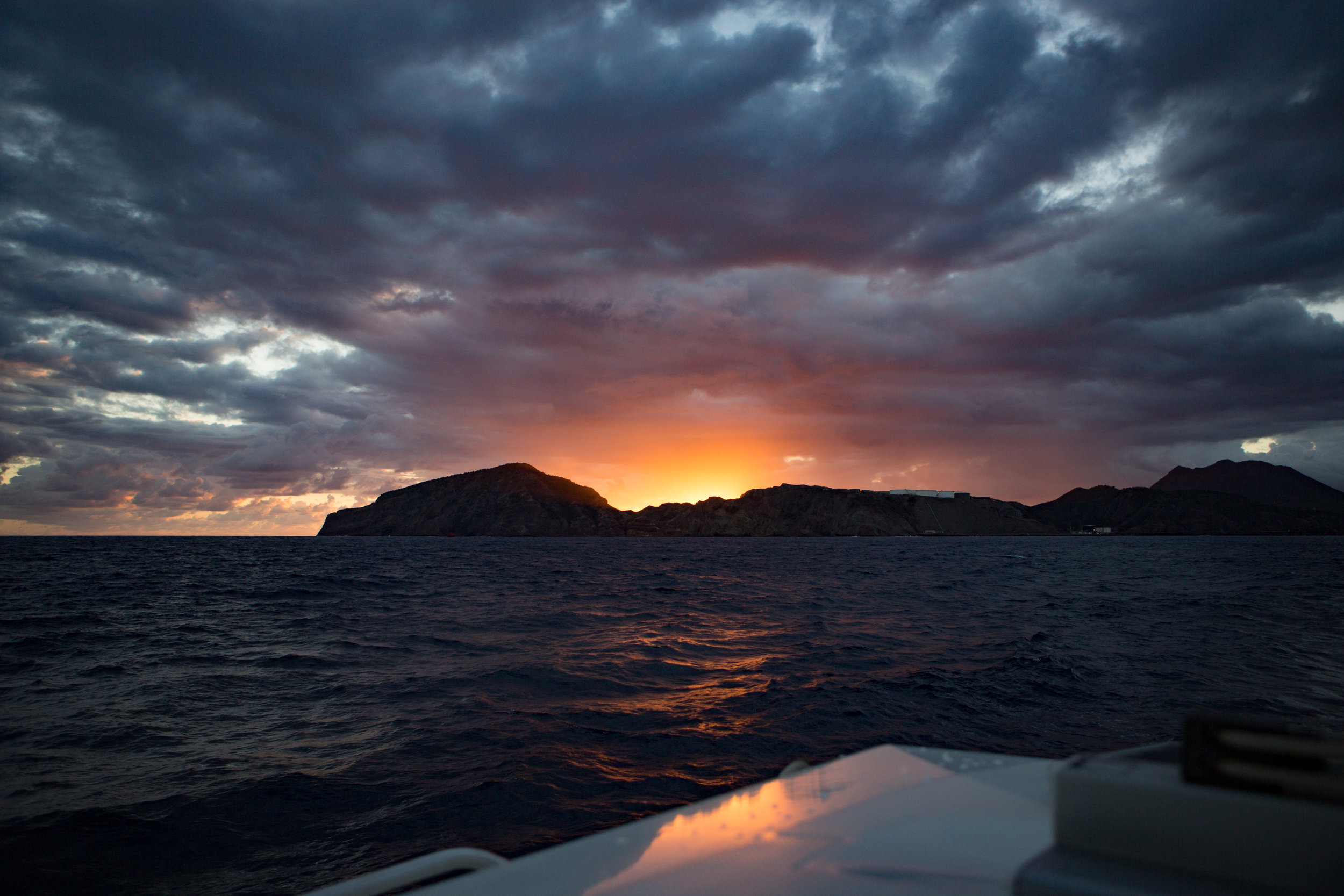
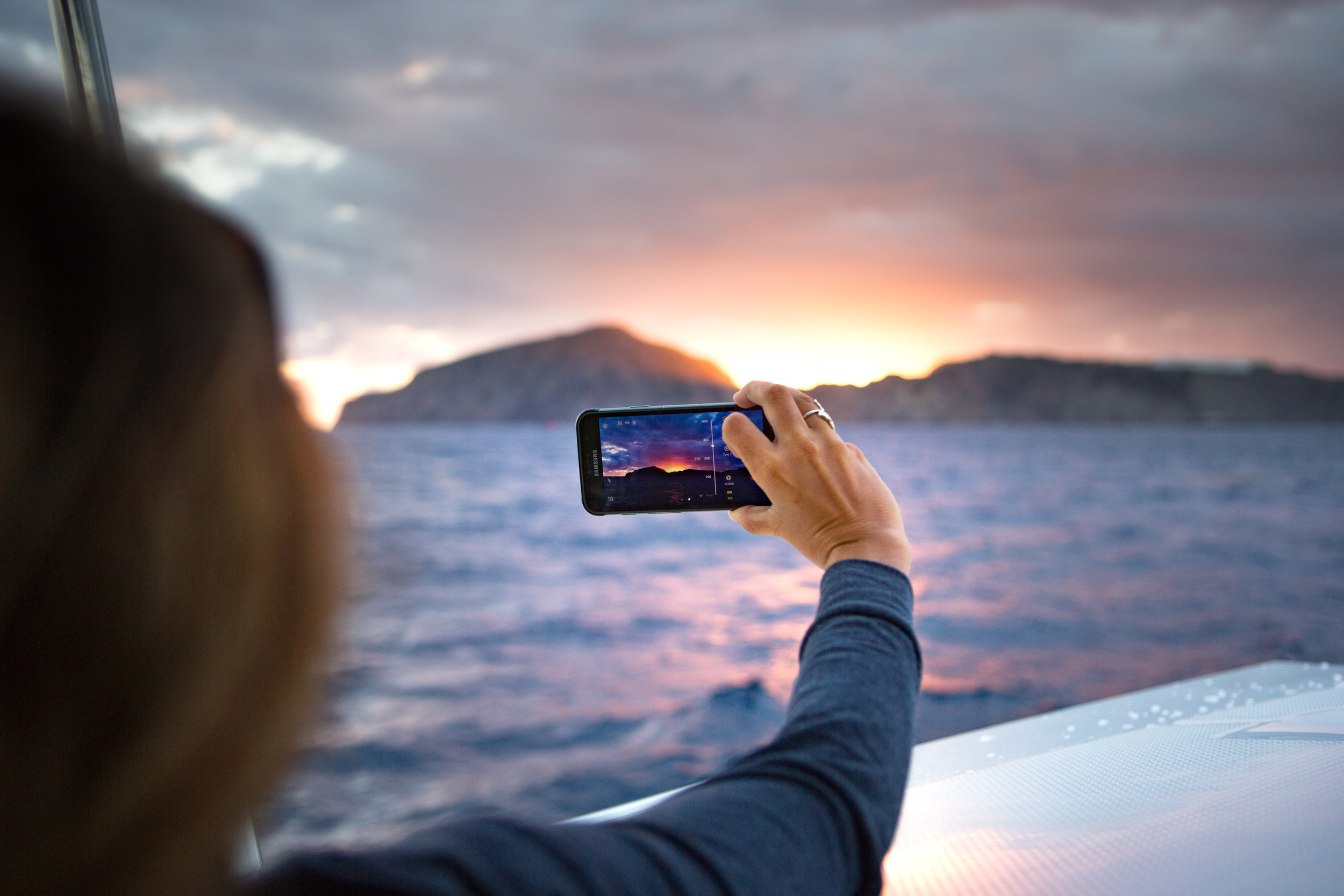
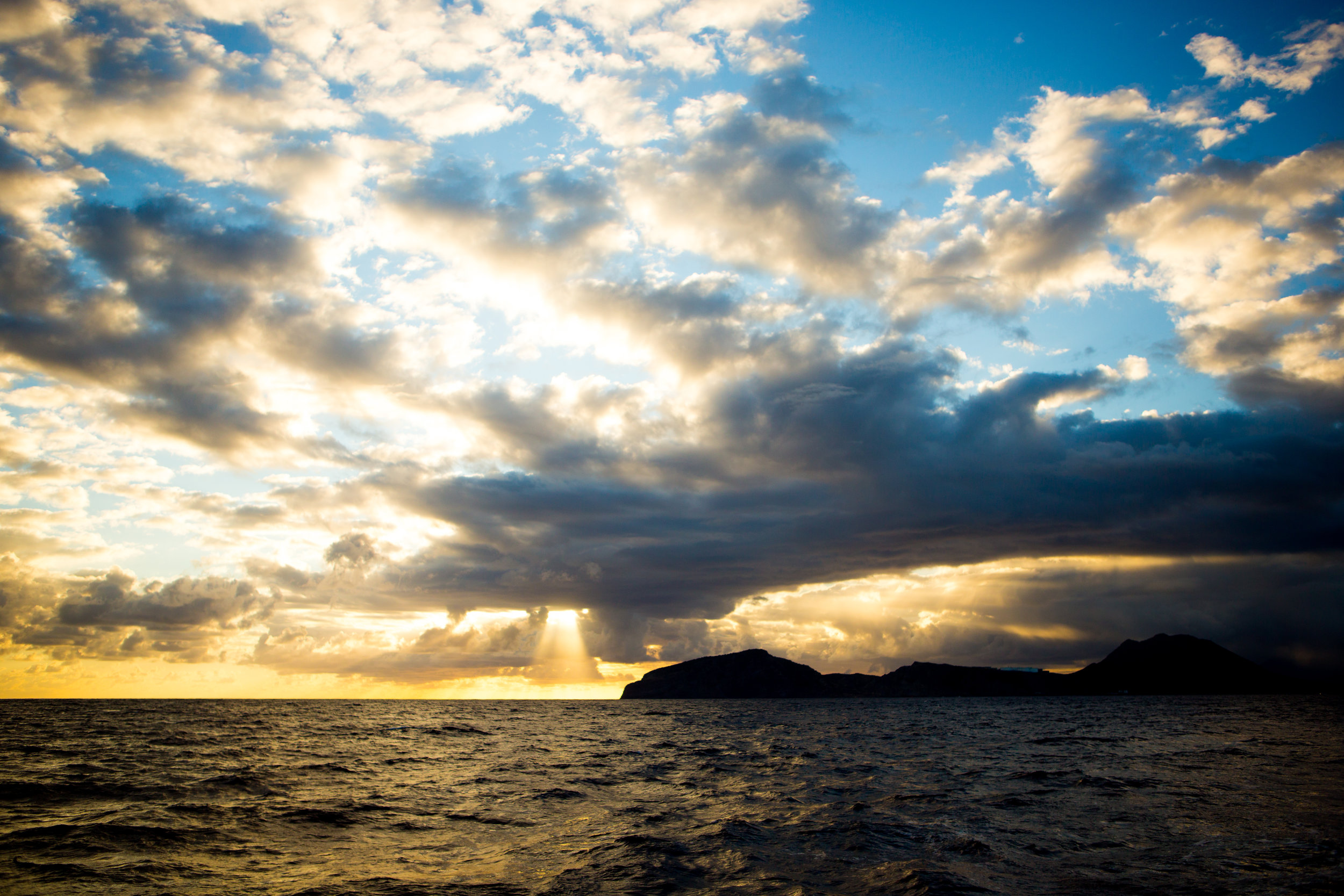
Saba Island: Straight Out Of A Fairy Tale
Saba looks like it's straight out of a fairy tale book. Towering cliffs, one high mass of rock, breaking the surface of the ocean in the middle of nowhere it seems, one giant body of water serving as a mote to keep this place timeless. At first sight, you'd immediately want to put money down on betting there's a fairy tale princess up in a tower somewhere on the island.


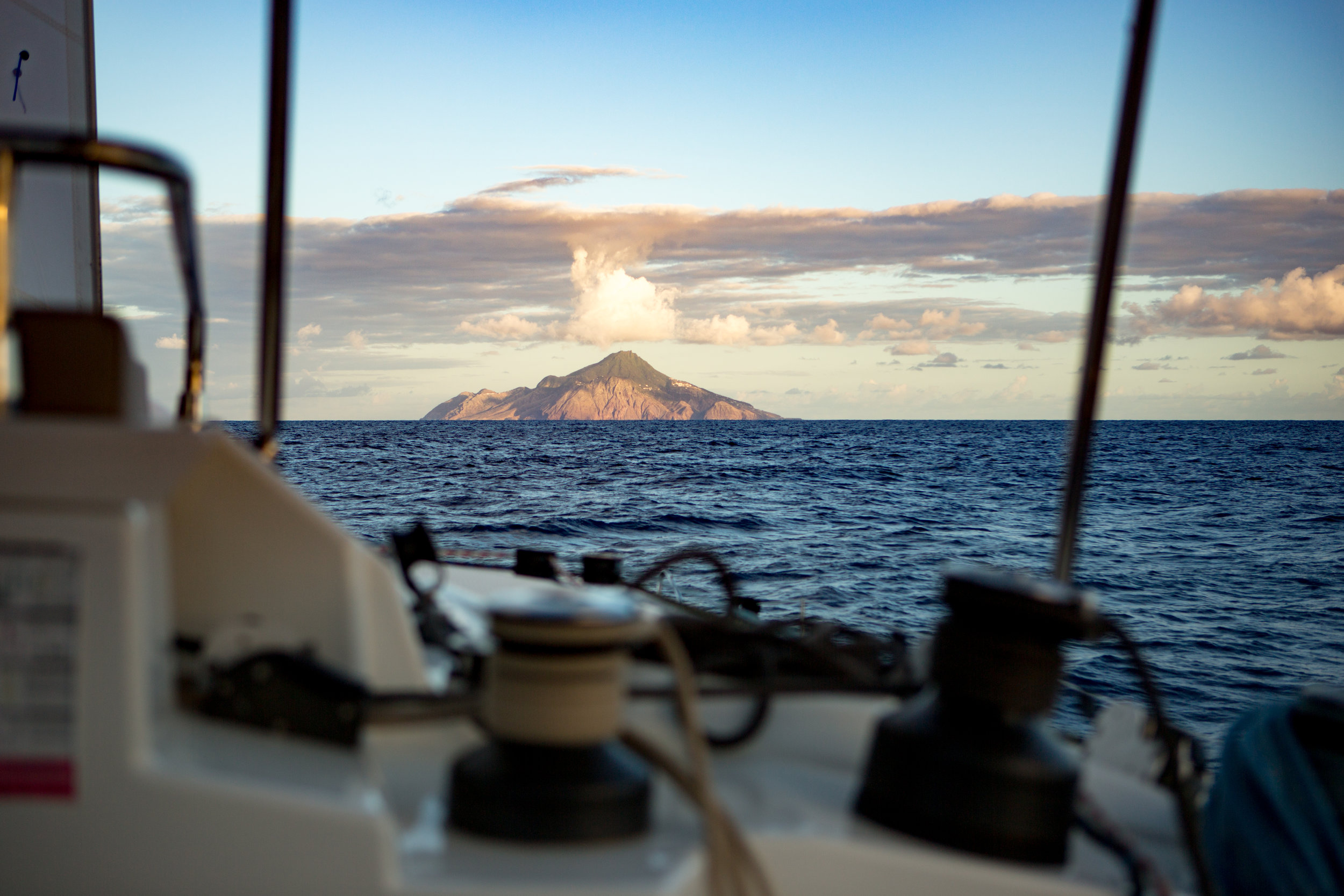

Eco-tourism plays a massive role in Saba's economy. What you won't find here is overly exploited, Americanized junk stores; you'll find quiet and welcoming locals, small boutique hotels and restaurants, and people that are as genuine as the services they offer. Crime is *virtually* nonexistent because everybody knows everybody. Caring and conscious small-town vibe, in the middle of the Caribbean.
In reality, it's not isolated in the middle of the ocean -- it's a mere 15-minute flight from St. Maarten, one of the most popular places visited in the Caribbean. Saba is home to Juancho E. Yrausquin Airport, the smallest commercial runway (1,300 ft/ 396 m) in the world.
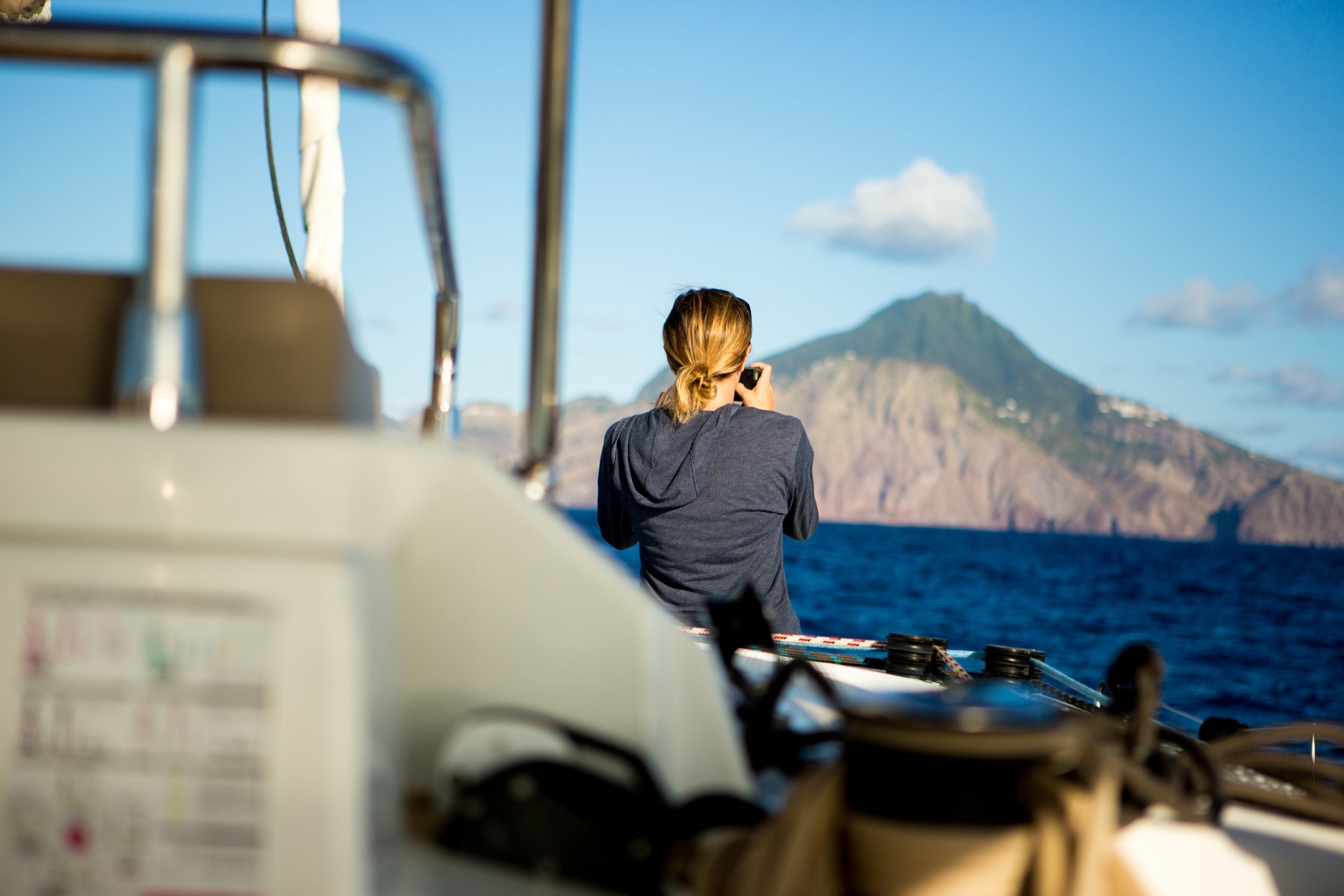
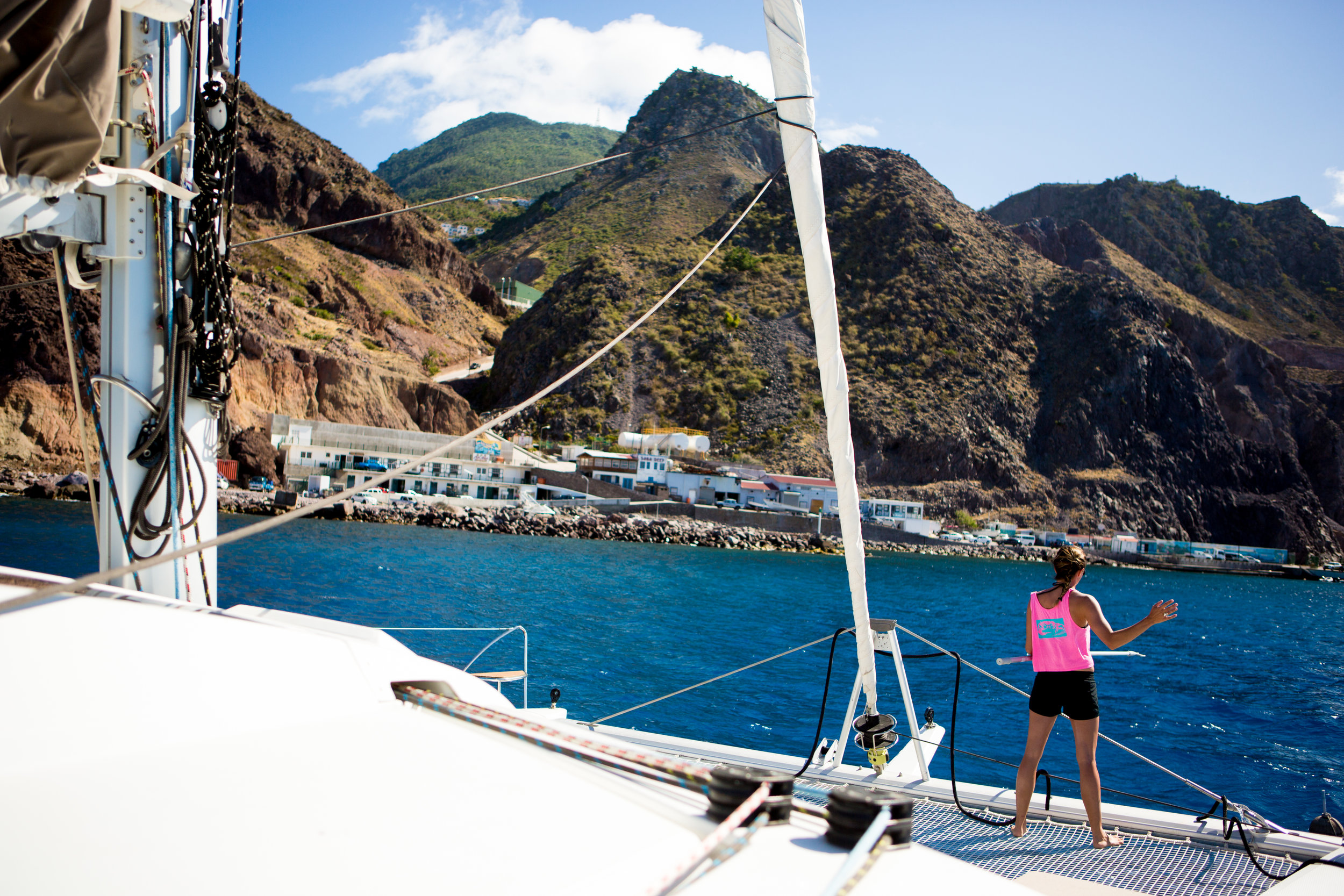
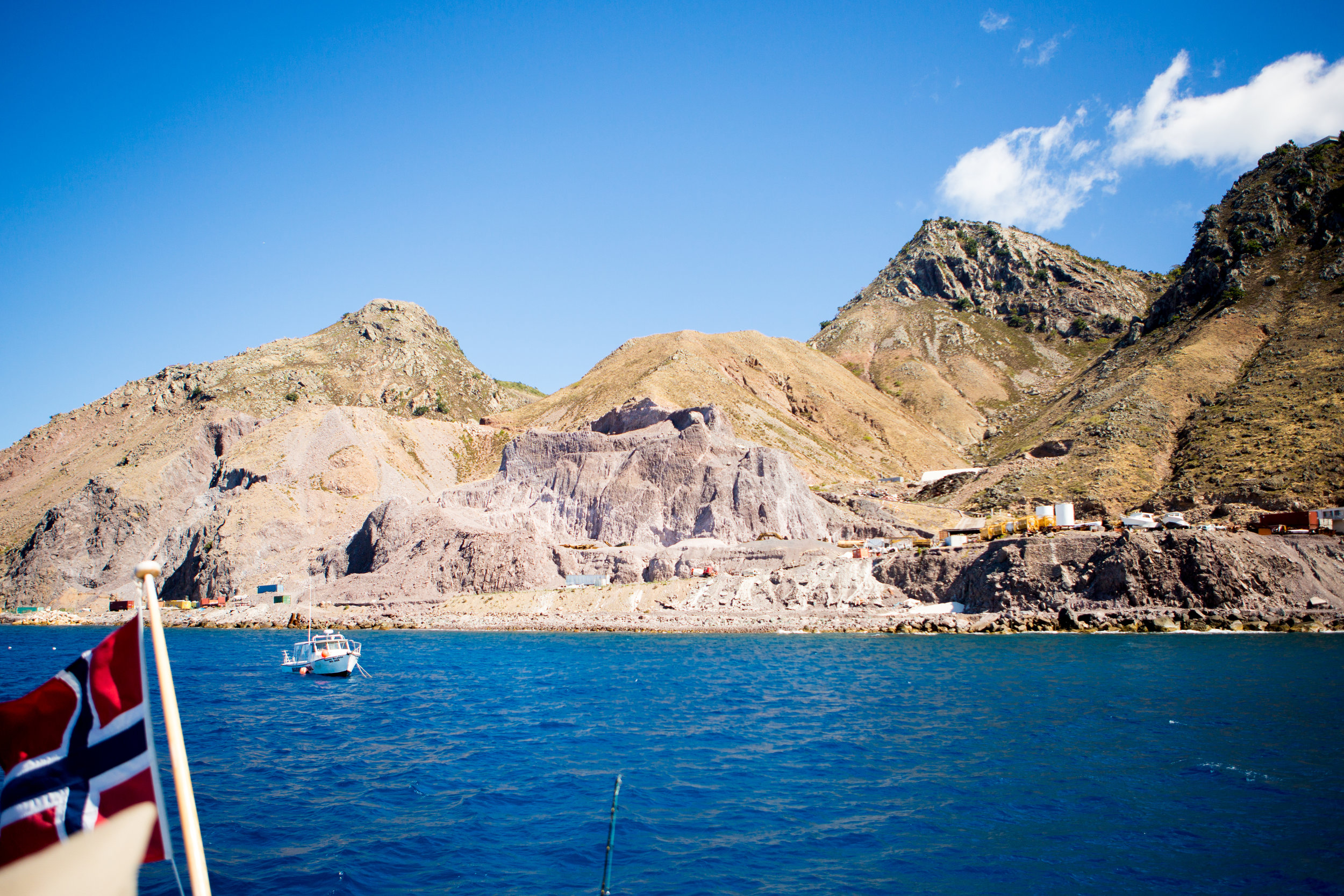
Saba: Some Of The Best Diving In The Caribbean
Saba boasts of the best diving in the Caribbean thanks to conservation efforts put in place decades ago.
Saba’s pristine diving correlates to its fairy tale landscape. The steep coastal drop off makes shore diving impossible and has stopped development along the coastline, meaning little to no stress from tourism has impacted the environment. Saba’s volcanic landscape creates a rich and unusual terrain below the surface: with shoal patch reefs to deep underwater seamounts, perfect diving for every skill level. The volcanic landscape also contributed to the formation of their world-renowned pinnacle dives (for the more experienced) and the more accessible lava field dives.
When we arrived from Eustatius, the first thing I noticed is from the water this place looks purely industrial. Had Laura not been raving and looking forward to visiting Saba (for years!) - at first glance you would have no idea about this place.
Pulling into the harbor, it seems very industrial because there's one main port for the whole island.
The next thing I noticed were these beautiful white birds with beautiful long tails swooping amidst the waves and up along the rocky cliffs. These are the Red-billed Tropicbird (Phaethon aethereus) - a large majestic seabird that lives amidst Saba and Eustatius.
This One’s A Dive Ball, This One’s A Day Ball, This One’s A Fisherman’s…
We were the Goldilocks of the mooring field. Each mooring ball had scraggly descriptions, faded colors. We'd pick one, start threading our lines through, and then promptly have a local drive by and let us know it’s meant for dives, or day tours, or a private fisherman’s mooring. Around 45 minutes later, we made our way to the far end of the field. We went ashore, I had a dizzy spell hit me after being at the front of the boat bouncing in search of the perfect mooring.
The customs house on Saba wasn’t bad at all. The official was prompt-ish, calm, and didn’t mind me sitting with my head in between my legs staring at the linoleum floor (Maybe he sees this a lot from travelers who just sent 45 minutes bobbing through the confusing mooring field?)
We cleared customs pretty easily; we had our pitch on our paperwork perfectly, given we’d cleared through however many different governments and their rules.
We met Cody, a local Saban who brought his favorite puppy, Shiloh, to the water for the first time. We spotted them hanging out one of the Santo bars. I was promptly overcome by the combo of handsome and cuteness, and had no choice but to document them.
We ate chicken and beef empanadas with beer, my stomach settled, making fast friends with Alfonso, the owner of the small bar we walked into at Fort Bay.
Alfonso connected us with Garvis, our new Taxi van man. He sport the iconic Dutch characteristics, tall, fair but tanned skin, light hair. He picked us up, and we start our way up the world-renowned Road That Couldn’t Be Built.
The Road That Couldn’t Be Built: Saba’s Iconic Impossible Road
Here’s a quick dive into the story of The Road That Couldn’t Be Built (Courtesy of Saba Tourism!) I think this story is incredible because it’s indicative of the values you see in the Saban people today:
It's fair to say that not many places in the world can boast a road as an attraction. The Saba people challenge you to take a 30-minute drive on ‘The Road’ to understand why Saba lives up to its nickname: “The Unspoiled Queen.”
Before the Road life on Saba was much harder, Sabans faced the arduous task of traversing the island by trail, everything including the kitchen sink, pianos, and monarchs (and priests!) were transported by hand and donkey through grueling elevations beneath the unforgiving Caribbean sun on twisting trails... So In the late 1930's the decision to build a concrete road was made. Dutch & Swiss Civil Engineers deemed it a foolhardy task due to the island's extreme topography. Thus the road got its title: "The road that couldn't be built."
Building "The road that couldn't be built."
Luckily for the island, it was left to a Saban to make the much-needed piece of infrastructure a reality... Josephus Lambert Hassell (A.k.a. Lambee) was clearly a man who had issues with the word "couldn't." Challenged by the word, he followed a study in civil engineering by way of correspondence courses obtained by mail. In 1938, with the assistance of his fellow Sabans and no heavy machinery (yes it was all built by hand!) they got down to the business of the impossible. The vital access road from Fort Bay to The Bottom was completed within 5 years! This first stage of the road was inaugurated in 1943. Four years later the first motor vehicle arrived.
In 1951, the road to Windwardside and St. John's was opened, and seven years later the road was completed. For two decades the islanders toiled to complete the project. Exercise caution before using the word “never” or the phrase "it can’t be done" within earshot of a Saban.
Driving "The Road" is an experience in itself... A plethora of ecological zones await. Meandering from dry tundra up to dense tropical vegetation, winding past many steep drop-offs as you go... The views are spectacular! Ascending the "Mountain Road," which ends at the Mt. Scenery trail, brings you to the highest point of the road which is over 1800ft above sea level! So don't be surprised while driving (or being driven) on Saba, to slip from bright, warm sunshine into a cool mystical cloud.
What they’re trying to say is, this road is insane. The mastery and engineering behind this are almost as incredible as the story of how the Saban people handbuilt their airport’s “runway” (if you can call it that! St. Barths has nothing on Saba’s airport in my opinion!)
